History as a topic is a pretty big, all-encompassing one. We want our kids to learn about history—and more than just the names and dates plunked down in textbooks—but it’s hard to be systematic about it. There are so many sequential lines to follow, like government succession, social movements, and popular culture, but even within those, there are countless perspectives and experiences. So, to augment traditional learning, sometimes some spot learning about a specific person, topic, or event is helpful to round out the picture.
Several books have recently come across my desk that all deal with a person, event, or movement in United States history. Some are in a traditional picture book format, while others include photos and text in what amounts to a long photo essay. All but one should be appropriate for elementary students (and the one that might not be is at the bottom and is marked; it should be fine for high schoolers). All are from a publisher named Calkins Creek, a publisher that I’ll be keeping a closer eye on from now on.
Books About People
The Efficient, Inventive (Often Annoying) Melvil Dewey by Alexis O’Neill, Illustrated by Edwin Fotheringham
When Melvil Dewey learned that each library organized its books using a different system, he set out to create one that can be used by all, so people who knew how to find books in one library could find them in others. After studying different classification systems, he devised one based on numbers and decimals, narrowing down topics into finer and finer categories, smaller and smaller numbers. He also fought for free libraries and to establish a library school that admitted women (!). Dewey found new ways to encourage silence in libraries to promote studying. And he did so much more.
Melvil Dewey was all about efficiency, even getting rid of superfluous letters in his name. This book gives a great overview of his achievements, despite the sometimes-distracting large, capped, bolded words inserted in the text for emphasis. The Author’s Note and other texts in the back give parents a good context for his life, giving more detail on the book’s content and talking about the not-so-great aspects of his life and career; you may want to read these parts first before sharing the book with your kids.
“Smelly” Kelly and His Super Senses: How James Kelly’s Nose Saved the New York City Subway by Beth Anderson, Illustrated by Jenn Harney
Sometimes your overactive senses can be a superpower. That was the case for James Kelly whose sense of smell—which is a liability for some jobs—was an asset within the New York City subway system, where he could track down messes, water and gas leaks, and anything else that gave off a smell, preventing cave-ins and explosions and saving people in the process. He went on to learn about different types of leaks and clogs, and became a bit of a leak detective around the city. He branched out to the sounds of leaks, and eventually trained others in how to do this type of work.
Similar to the Dewey book above, this book talks about James Kelly in a simplified way, but then paints a slightly more complete picture through a bit of extra content at the end. The author did use a bit of poetic license in spots in the narrative, but James Kelly’s life is well-represented in this book.
Finding a Way Home: Mildred and Richard Loving and the Fight for Marriage Equality by Larry Dane Brimmer
Though we continue to live with racism every day in this country, all but the oldest of us Gen-Xers, along with those younger than us, can’t remember a day when it was actually illegal to be in what was called a “mixed marriage.” It has been legal in the United States since June 12, 1967 when the Supreme Court unanimously decided that interracial marriage was legal, thanks to the case brought by Mildred and Richard Loving, a married couple from Virginia whose marriage was then against Virginia law. We now celebrate this Supreme Court decision every year as Loving Day. While their journey is quite historic in its own right, it happened right in the middle of the larger Civil Rights Movement of the 1960s, and was followed by other fights for marriage equality, all of which is covered in this book.
The book is filled with crisp photographs of the major players and locations, scans of documents such as an arrest warrant and marriage license, a letter from the Lovings, and a telegram announcing the Supreme Court’s decision, all woven together with a narrative about the events. This book is more of an early-grade reference book than a picture book, complete with table of contents, bibliography, and index. In addition to being a great read, it’d be useful for research reports for early grades.
Books About Events and Movements
The Pig War: How a Porcine Tragedy Taught England and America to Share by Emma Bland Smith, Illustrated by Alison Jay
It’s 1859 on the island of San Juan off the coast of the Pacific Northwest. There, a small number of British and American people lived alongside each other on generally decent terms. That is, until a pig (British) ate some potatoes (American) and the potatoes’ farmer shot the pig. Oh, that wouldn’t do. Even though the farmer offered to pay for the pig, the British pig owner asked for far too much money and the farmer refused to pay. This event almost brought the two countries to war, with warships and military arriving at the island from both sides to fight over who really should be in charge of the island (yes, it had escalated quickly).
This book tells the tale about how they avoided that war (after a ridiculous amount of escalation) and managed to—eventually—come to an agreement to share the island. The back of the book includes plenty of additional historical background for the story along with a few photographs, and information on how to visit the island yourself.
A lesser-known piece of history told through incredibly lovely, evocative illustrations and highly amusing text, this book is my favorite of these seven. It packs a moral lesson punch as well as being a great story, so it’s one not to be missed by you or your kids.
The Teachers March!: How Selma’s Teachers Changed History by Sandra Neil Wallace and Rich Wallace, Illustrated by Charly Palmer
In 1965, during a time of great police brutality and voter suppression (worse than now), science teacher Reverend F.D. Reese organized fellow teachers to hold a march in Selma, Alabama. After ineffective, smaller marches to the courthouse, now they were going to have a larger, more organized march there to take a stand, a brave move when the very people who are supposed to protect everyone’s life, safety, and livelihood instead created an environment of fear for one’s life, safety, and livelihood. Reverend Reese even got Dr. Martin Luther King, Jr., to help them. The marchers were teachers: educated, well-dressed leaders of their community marching for change.
This book covers this important event during the civil rights movement through moving illustrations, and touches on illegal voting tests, racist police officers, and oppressive power structures. It does mention beatings by the police and various kinds of institutionalized racism, but it focuses on marching for equal rights and how taking a stand can make a difference and empower others to do the same. It tells the story in a bit of a disjointed way, but the idea comes across clearly. And, as with the books above, the back of the book includes more information about the event along with photos of some of the major players, including Reverend Reese.
Farmers Unite!: Planting a Protest for Fair Prices by Lindsay H. Metcalf
Once upon a time, farming was a good way to make a living. But at some point, it became more expensive to grow food than it was for farmers to sell it. So, many farms were auctioned off with people losing their family businesses, our whole country losing our sources of food production. So, in the late 1970s, farmers began to take a stand, demanding parity (“a selling price above the cost of crop production”) for their crops. They “marched” on state capitals by riding their tractors there. But they needed to do more. It was time for a “march” on Washington. This book covers this event.
Up to 10,000 tractors, trucks, and campers headed toward buildings like the U.S. Capitol and the U.S. Department of Agriculture. About 30,000 farmers and their allies gathered to make themselves heard. But the vehicles were causing traffic nightmares for the city, and police thought that corralling them on the National Mall would show them who’s boss. The farmers kept up their efforts to be heard, attending congressional hearings and explaining why they were having trouble making ends meet. In the end, Mother Nature intervened with a snow storm that brought the city to a standstill. Did the farmers show hard feelings? No, they helped by towing cars, getting ambulances back on the road, and delivering medicine. They even drove members of Congress to work. Then, after sowing some new grass seeds on the Mall, the farmers and their tractors headed back home.
But their problems weren’t even close to being solved. The crisis continued and even got worse. Finally, Willie Nelson had the idea for a benefit concert for farms, and Farm Aid was born. The music, fundraising, and activism got people’s attention. People, including lawmakers, were finally learning that farms and farmers were integral to our nation.
The back of this book includes more about the story, including what has been done since the end of the crisis. It also includes U.S. farm prices throughout the years and a very long list of sources.
Blood and Germs: The Civil War Battle Against Wounds and Disease by Gail Jarrow
Note: This final book is a bit grisly and would probably be best for high schoolers or possibly mature middle schoolers (parents should preview the book in advance, just in case).
The Civil War was an era of much death, often from battlefield wounds, but even more often from disease. It was also a time of concentrated experience and learning for medical professionals, and they learned the importance of sanitation in medical outcomes, along with better ways to preserve life (and limb). This book combines science and history in an in-depth look—across over 100 pages with plenty of text and images—at medicine, injuries, illnesses, and treatments during the Civil War.
Broken up by topic rather than in narrative form, this book covers all sides of the battle, though more primary sources were available for the Union army so much of the focus is there. Since disease killed more people than battlefield injuries, the book talks at length about illnesses, insects, microbes, and all the ways one could get infected with disease, along with various treatments that were tried (some of which were not for the faint of heart). It covers organizations that tried to help, such as the United States Sanitary Commission and the ladies’ aid societies. The YMCA even pitched in.
The book also goes into different ways the soldiers could be wounded and how they were removed from the battlefield for treatment at field hospitals. It goes into quite grisly details of surgery and infection, healing (or not), and what came next for the survivors. Women’s roles during the war are also given a good deal of attention. Additionally, the end matter of this book is pretty extensive with over 30 pages of notes, sources, a glossary, a timeline, and more.
Conclusion
Though that last book is mostly for older kids, the rest are fantastic picture and photo books for giving kids glimpses into our nation’s history. The subject matter covered by this list is diverse enough that there should be something of interest to most everyone.
Note: I received copies of these books for review purposes. This post contains affiliate links.
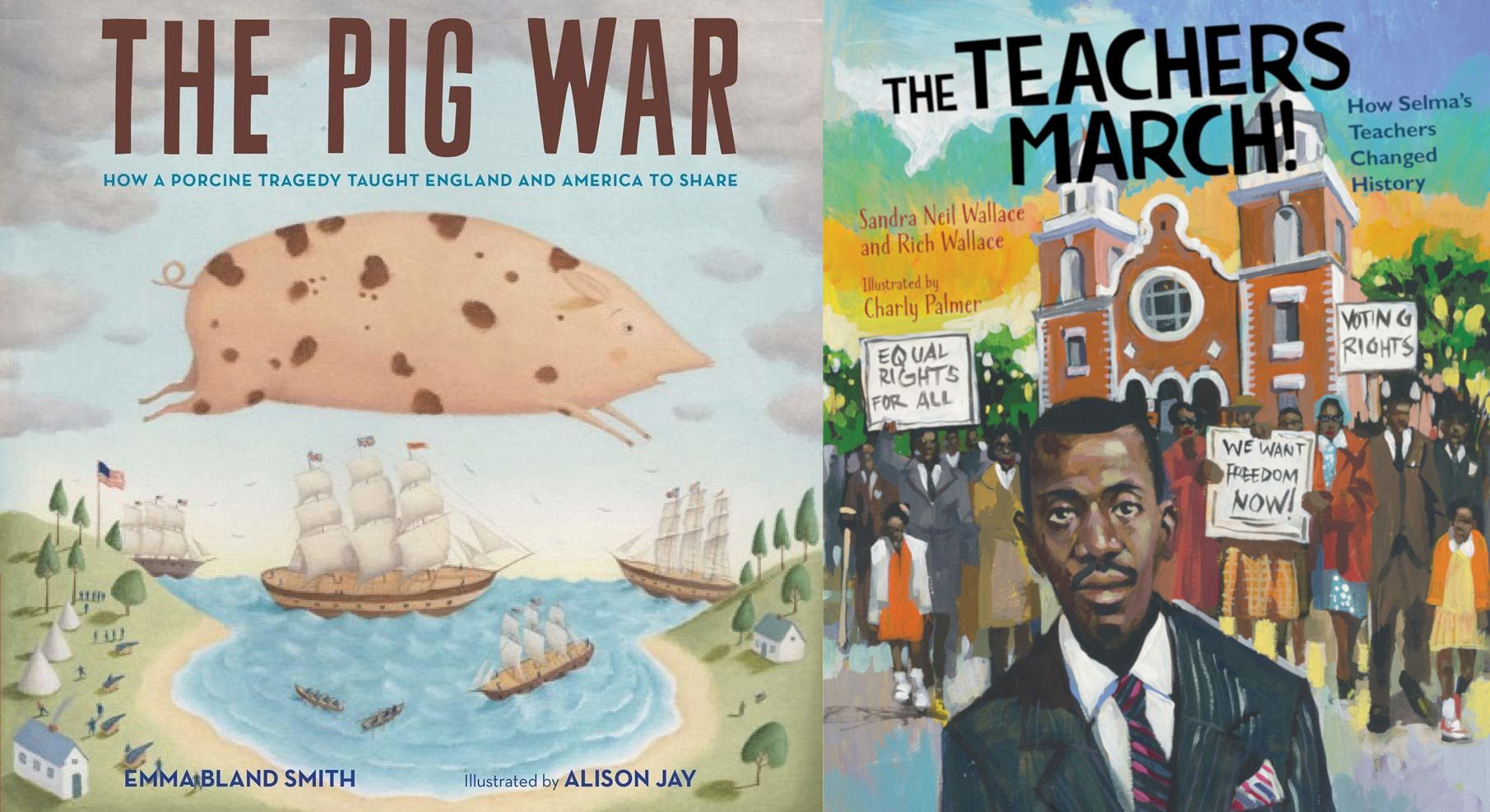

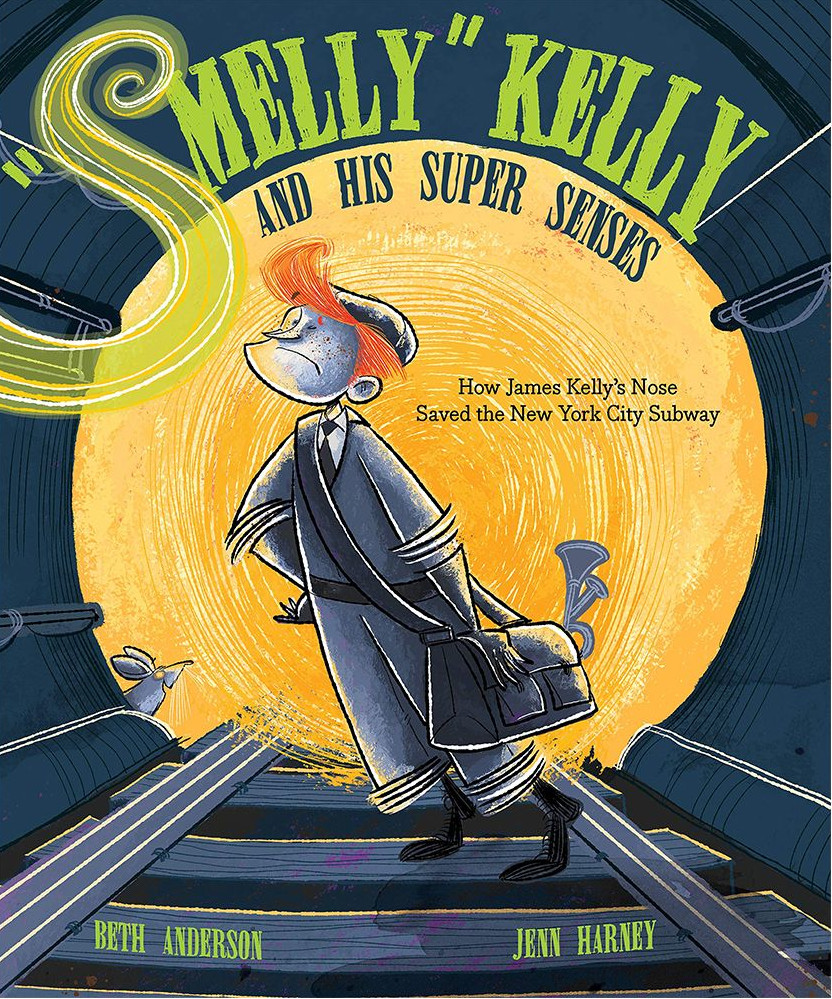
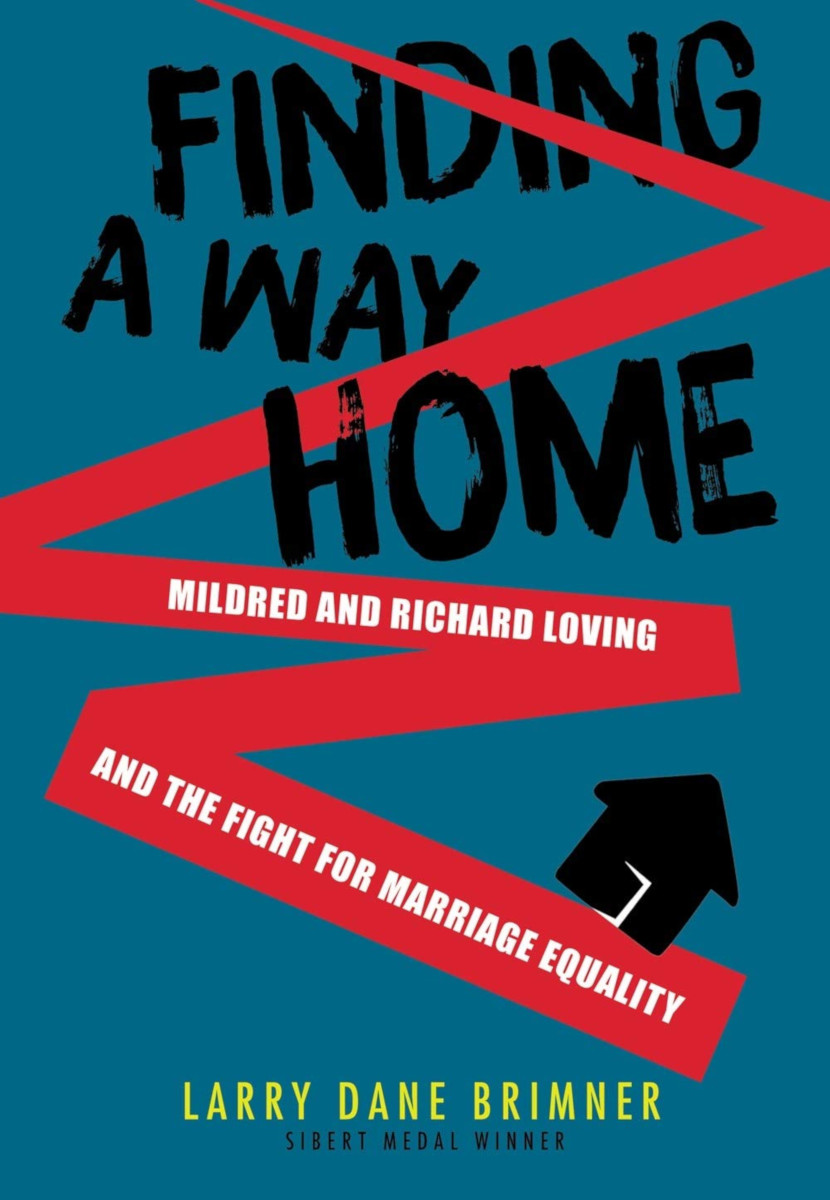





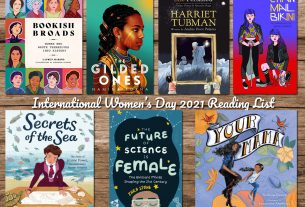
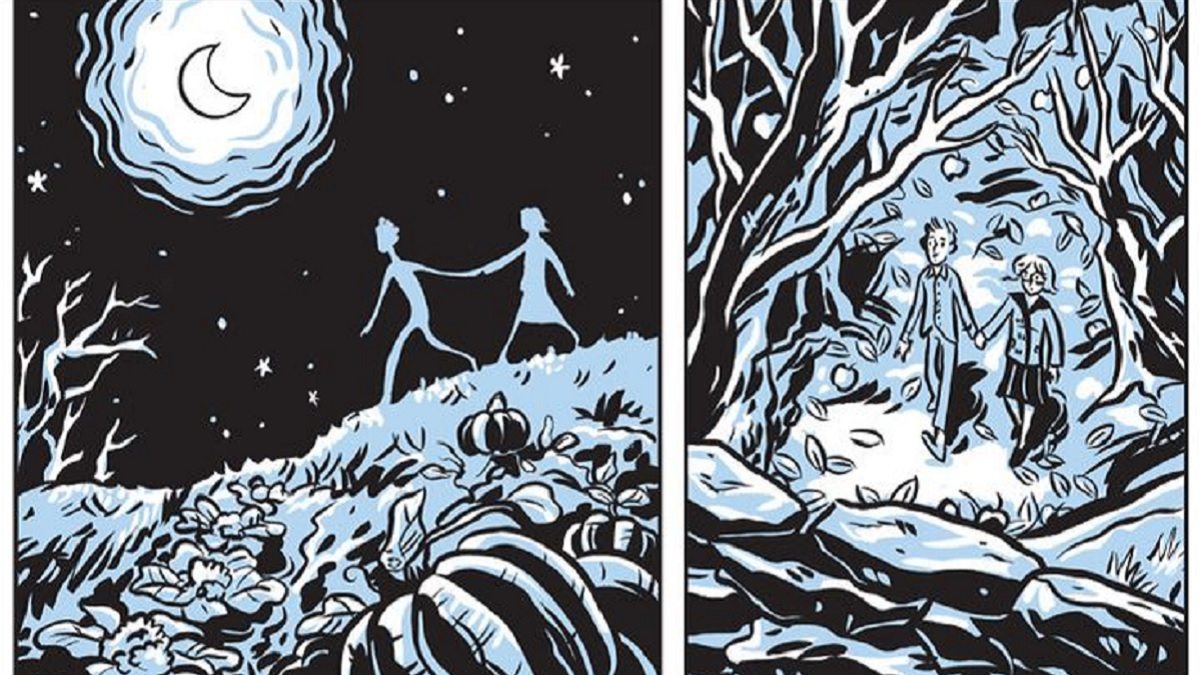
Thank you, great selection! The picture books and pictures really give children a glimpse into the history of our country. The subjects covered in the list you have prepared are quite varied, because it is important that every child can find something interesting. If necessary, you can always help with writing an essay by ordering it from specialists, such as – https://writemyessays.me/.
It is important to inculcate reading habits in kids from a young age
https://tinytwigorganic.com/
https://geekmom.com/2021/01/7-picture-and-photo-essay-books-to-teach-history-to-kids/